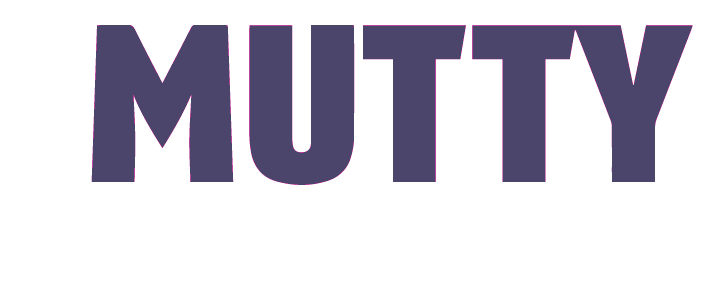Chewing is an excellent activity for dogs. Free ranging dogs participate in chewing, when resources are available, for up to 5% of their day (Mujumder, 2014). It is therefor considered a species specific behaviour we should promote in our dogs. Chewing can stimulate increased activity of dopamine (neurotransmittor associated with the feeling of reward) and Gabba (neurotransmittor that is associated with calming the nervous system).
However, it should be done with careful consideration.
As a certified clinical behaviourist, I work alongside vets and I am very aware of the risks associated with conventional rawhide and also feeding raw meaty bones (impacting in the gut). For this reason, in the shop we do not stock bones that are of higher risk of impacting the stomach- such as ribs and spine. We also tend to not stock wings because these can be very sharp. It is advisable with wings that you ensure your dog crunches them up thoroughly. We also don’t stock chews that are bone shaped due to concerns about the end bit being a choking hazard.
We should be mindful that it is not ideal for the gut to be constantly digesting heavy matter- as digestion requires a lot of energy and is therefor somewhat taxing on the body. Sometimes the body may benefit from a break from digestion altogether. For this reason the timing of when we give chews is important!
Here’s what I practise with my own dogs:
SOFT CHEWS- easily crunched up, take less than 1-2 minutes to eat. These can be given daily but try and avoid giving them close to exercise. For example, I would give my dogs one after their walk to restablise blood sugar levels, but would not exercise them for 3-4 hours after.
SEMI-HARD CHEWS- If they bend a little then I may give these to my dogs every 2-3 days and only give them in the early evening while supervised. I monitor my dogs finishing the product as the last small bit may be a choke hazard but generally this is lower risk with chews that bend. They are not exercised following consuming such chews.
HARD CHEWS- these do not bend! I would give these once a week, of course under constant supervision and I would monitor my dogs finishing the product as the last small bit may be a choke hazard.
**Trade small chews parts for a high value treat, never just take it off your dog as they may respond with aggression**
RAW KNUCKLE BONES OR MARROW BONES: I give these 1-2 times a week, alternating with semi-hard chews. Again, always supervised (especially around children or multi-dog households). These are given early evening.
OSTRICH BONES / BEEF SHINS- these are more for knashing and aren’t eaten, so I give them instead of semi-hard/hard chews….again, supervised until their value decreases. Then they linger around for the week and my dogs tend to knash on them when ever they feel like it.
A DAY OFF FROM CHEWING: Aside from items left around the home for them to chew, such as hooves, antlers, yak snaks etc I give them a day off from chews.
TIMING OF CHEW- You’ll note that I give all chews in the early evening. They are generally finished by 6/7pm which gives them a 12 hour reduced digestion period until breakfast the next day.
